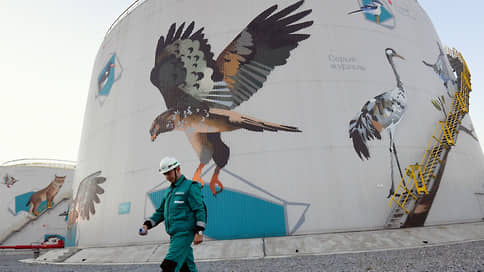SIBUR investments will grow by 54% in 2024
[ad_1]

In 2024, SIBUR reached the peak of investments in major projects after their reduction while searching for new technological schemes and contractors. The company’s management assures that the postponement of the launch of new capacities has not led to their significant rise in price. And experts believe that the factories’ products will continue to be in demand both on the domestic market amid the replacement of imported products, and on the global market.
SIBUR’s investments in 2024 will increase by 54%, to 346 billion rubles, the head of the company, Mikhail Karisalov, told reporters. The growth is due to a slowdown in the pace of project implementation over the past two years due to the departure of Western licensors and equipment suppliers. Thus, investments in SIBUR’s largest project, the Amur Gas Chemical Complex (AGCC), decreased last year due to the need to reconfigure the technical and contractual scheme of the plant and look for new partners, explained Mr. Karisalov.
This led to a postponement of the launch of facilities by two years. The shift in timing, additional costs during its implementation, as well as the influence of external factors – inflation and logistics costs – led to an increase in the cost of the project, however, according to the head of SIBUR, it increased “slightly.” Previously, investments in the project were estimated at more than $10 billion.
AGKhK is one of the world’s largest polymer production projects. Production capacity is up to 2.7 million tons of polyethylene and polypropylene per year. The project is being implemented jointly with the Chinese Sinopec, which owns a 40% stake. Commissioning is scheduled for 2027.
Currently, the project readiness is 43.7%; by the end of the year, the company intends to increase this figure to 60%. The company’s materials indicate that construction is planned to be financed 70% using borrowed funds and 30% through shareholder investments. According to Sergey Komyshan, a member of the board and executive director of the company, the current needs for money are covered by the bridge loan that SIBUR and its Chinese partner raised for the project, as well as by the own funds of its participants.
Alexander Novak, Deputy Prime Minister of the Russian Federation, November 22, 2023 in the Federation Council:
“The total volume of planned investments in petrochemicals will amount to about 3–3.5 trillion rubles by 2030.”
SIBUR plans to launch production at another large project – the EP-600 ethylene complex at the Nizhnekamskneftekhim site – this year. By commissioning the plant, the company expects to increase polyethylene production at another site in Tatarstan, Kazanorgsintez, by 150 thousand tons. At the same time, as Mikhail Karisalov reported, there are still unused volumes of ethylene within the project. The company intends to make a decision on the final configuration of commodity derivatives in the near future.
The head of Rupec, Dmitry Semyagin, is confident that the products from the factories will be in demand by the market. The demand for basic polymers in Russia is growing at an accelerated pace; in 2023 alone, their consumption increased by a record 10%.
“There is a real expansion of processing capacity within the Russian Federation, which should replace supplies of finished products from abroad, as well as expand the niches for the use of polymer materials,” says the expert. “This growth is financially stimulated both at the state level and by polymer manufacturers.” In 2023, compared to 2021, the share of imported polypropylene in Russian consumption decreased from 15% to 13%, and polyethylene – from 27% to 16%, Mr. Semyagin points out.
He predicts that the growth rate of processing in the Russian Federation will continue for the next three to four years. By 2028, when the AGKhK and the new polypropylene plant for 570 thousand tons in Tobolsk reach their designed capacity, the growth in processing could be up to 40% of the current level. Also, AGKhK products retain export potential, primarily to China and Vietnam, despite the growth of capacity in these countries themselves, the expert notes.
[ad_2]
Source link





